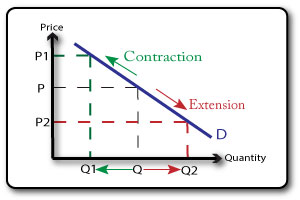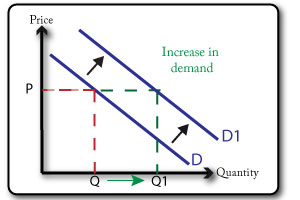Differentiate international and global marketing
International marketing can be segmented by country whereas global would indicate the "entire" globe, basically "all" countries. Global marketing is defined by the Oxford University Press as "marketing on a worldwide scale reconciling or taking commercial advantage of global operational differences, similarities and opportunities in order to meet global objectives." Basically global marketing is selling your product all over the world. It sounds a lot like international marketing or like the two are exactly the same but here are the differences. Global marketing is basically when a company looks at the entire world as one market.There are no differences between a local market and the market 10,000 miles away. It views everything in the same way and not like it is any different in any specific ways. Global marketing is used by huge chain stores that sell only certain products. They usually won't bring anything different or new to the store near to you that might cater to a certain religion or cultural group, because they are based somewhere else. They usually won't bring in cultural foods or products, just because they are a general store. They sell the same exact products all over the world and the exact same things in every single store. To become a global company a company has to use the Four P's of marketing. They are price, promotion, product, and placement. They have to have a global team. They have to have a global marketing plan. It takes time for a company to evolve from a local company to one that sells products all over the world. International marketing is when a company that is based in one country decides to sell products in another. It sets up offices and headquarters in the other countries. International marketing is almost like a franchise is being built, just in another country.The company still owns and operates the business in the other country, but the headquarters in the specific country cater the business to the country's needs. You can still have a huge chain store using international marketing. The chain store still has its name and logos and products, but it sells mostly items that are specific to the country. It isn't based off of things that are say just American, but has things that are say French as well.
The advantages of the international marketing is that :
=> The executives are usually native to the country and so are familiar with customs and ideas that are best suited for the area.
=> They still make most of the marketing and business decisions but have to report to the main headquarters in the country where the business started.International marketing means marketing between particular nations.
Global marketing means a blanket campaign that must be understandable and acceptable to many different countries and cultures.
Global Marketing Example: Coca-Cola uses two formulas (one with sugar, one with corn syrup) for all markets.
International Marketing Example: Mc Donalds makes market specific menus. Differs from country to country culture to culture.


